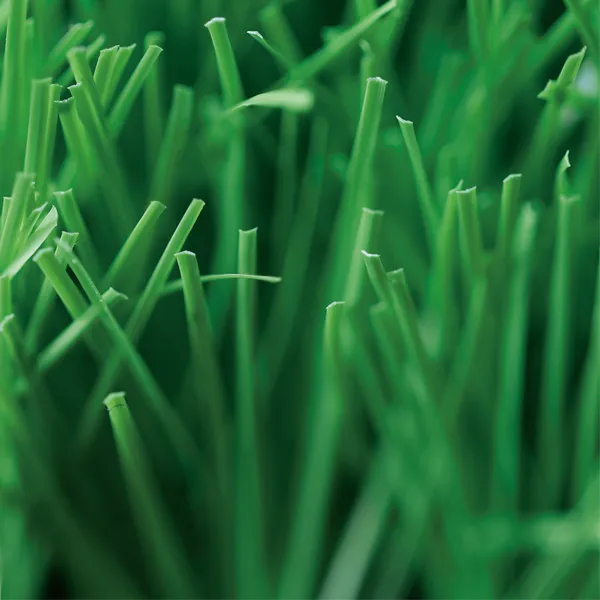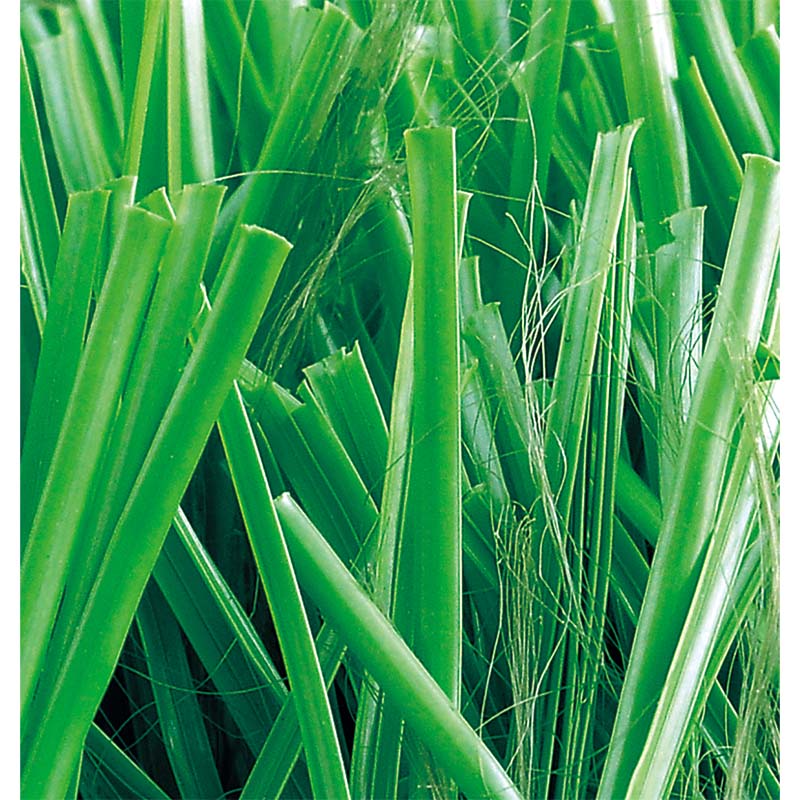Affordable Synthetic Running Tracks for All Levels

Building or renovating a running track involves a significant investment, but the long-term benefits of a synthetic athletic track far outweigh the initial costs. Understanding the cost of synthetic running track, the materials involved like synthetic rubber running track material, and the overall synthetic running track cost can help you make informed decisions. In this article, we will explore the benefits, cost considerations, and types of synthetic running tracks to ensure you get the best value for your investment.
Synthetic Athletic Track: Durability and Performance
When considering the construction of a running track, one of the most important factors is durability. A synthetic athletic track offers superior longevity compared to traditional asphalt or dirt tracks. Made from materials such as polyurethane and synthetic rubber, synthetic athletic track surfaces are designed to endure heavy use, making them ideal for high-traffic environments like schools, sports complexes, and professional stadiums.
The main advantage of a synthetic athletic track is its ability to withstand all types of weather conditions, from intense heat to heavy rain, while still providing a consistent surface for running. This consistency ensures that athletes can perform their best without worrying about uneven surfaces or weather disruptions. A synthetic athletic track also reduces the risk of injuries by offering better shock absorption compared to traditional surfaces, which is crucial for sprinters and long-distance runners who exert significant force with each stride.
Additionally, synthetic athletic track surfaces are low-maintenance, which means that you will save on costly repairs and upkeep over time. The durability and resilience of synthetic tracks make them a cost-effective investment for sports facilities looking for a long-term solution.
Cost of Synthetic Running Track: Breaking Down the Investment
One of the most frequently asked questions when building a running track is, "What is the cost of synthetic running track?" The price varies depending on factors such as the size of the track, the type of material used, and the complexity of installation. Typically, the cost of synthetic running track can range from $5 to $15 per square foot, depending on the quality of materials and the region where the track is being installed.
While the cost of synthetic running track may be higher than traditional asphalt or dirt tracks, the long-term savings are significant. Synthetic running tracks require less maintenance and last much longer. For example, a well-installed synthetic track can last for 10 to 15 years, with minimal repair costs along the way. When you factor in the reduced need for repairs and resurfacing, the cost of synthetic running track becomes an even more attractive investment.
Additionally, many organizations offer financing options or grants to help cover the cost of synthetic running track installation. This makes it more affordable for schools and communities to invest in high-quality, durable tracks that will benefit athletes for years to come.
Synthetic Rubber Running Track Material: The Heart of Quality
The choice of material plays a significant role in the performance, durability, and overall quality of a running track. Synthetic rubber running track material is the most commonly used material for constructing modern athletic tracks, and for good reason. This material is both durable and flexible, providing the perfect combination of cushioning and support for runners.
Synthetic rubber running track material is made from a blend of synthetic rubber, polyurethane, and other polymers that are designed to withstand high-impact use while maintaining a smooth, even surface. This material is resistant to UV damage, meaning it won’t fade or crack under the sun’s harsh rays. Furthermore, synthetic rubber running track material is also highly resistant to moisture, ensuring that the track remains in excellent condition even during rainy weather.
Another benefit of synthetic rubber running track material is its ability to provide an optimal level of traction. This is crucial for runners, as it helps to prevent slipping and provides stability during acceleration and deceleration. Whether for casual runners or elite athletes, synthetic rubber running track material offers the support needed to achieve peak performance.
Synthetic Running Track Cost: Understanding the Value
When assessing the synthetic running track cost, it’s important to understand that the price encompasses not only the material but also the labor involved in installation and maintenance. While the initial synthetic running track cost might be higher compared to other track surfaces, the long-term benefits far outweigh the upfront investment.
The synthetic running track cost typically includes preparation of the ground, installation of the base layer, and the actual laying of the synthetic surface. The cost will vary based on the size of the track and any additional features, such as curbing or drainage systems. However, the low maintenance costs and long lifespan make the synthetic running track cost a worthwhile investment in the long run.
Furthermore, once the track is installed, you will benefit from lower upkeep expenses, as synthetic tracks do not require mowing, watering, or fertilizing like natural grass fields. This reduction in ongoing maintenance costs makes the synthetic running track cost even more appealing for schools, sports complexes, and municipalities on a budget.
Installing a Synthetic Running Track: Maximizing ROI
Installing a synthetic running track requires careful planning, but the returns on your investment will be felt for years to come. Whether you are looking at the cost of synthetic running track or considering synthetic rubber running track material, working with experienced contractors ensures that your installation is done correctly and to the highest standards.
A professionally installed synthetic running track offers the best possible performance for athletes, as it ensures proper drainage, smoothness, and durability. Additionally, it is essential to work with experts who can advise on the most cost-effective options without sacrificing quality. With proper installation and maintenance, your synthetic running track will provide years of reliable use.
The ROI of a synthetic running track comes not only from reduced maintenance costs but also from its ability to increase the value of your sports facility. Many schools, sports clubs, and municipalities have seen an increase in usage of their tracks after installing synthetic surfaces, as athletes and coaches prefer the consistency and performance of a synthetic athletic track.
In conclusion, while the synthetic running track cost may initially seem high, the long-term value and benefits make it a smart investment for anyone looking to create a high-quality, durable athletic track. By opting for synthetic athletic track surfaces made with synthetic rubber running track material, you ensure that athletes have access to the best possible running surface, year after year.
With years of expertise in artificial grass, we're dedicated to providing eco-friendly, durable, and aesthetically pleasing solutions.
Our commitment to quality and customer satisfaction shapes every blade of grass we produce,
ensuring that we not only meet, but exceed,your landscaping expectations.




